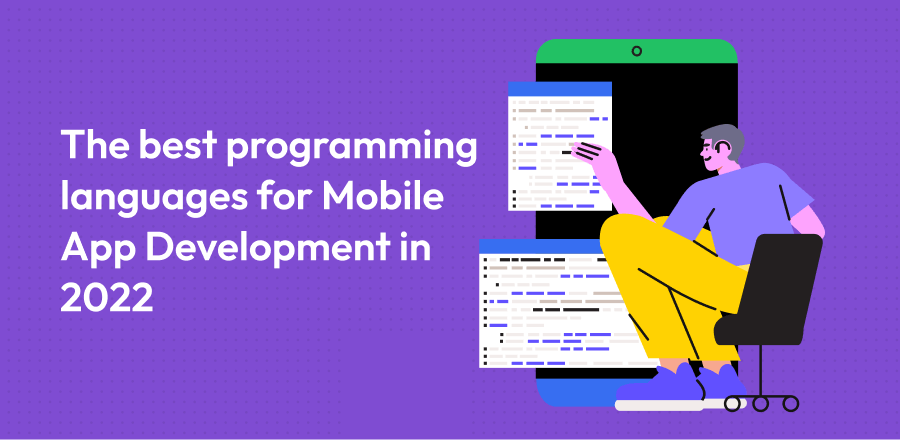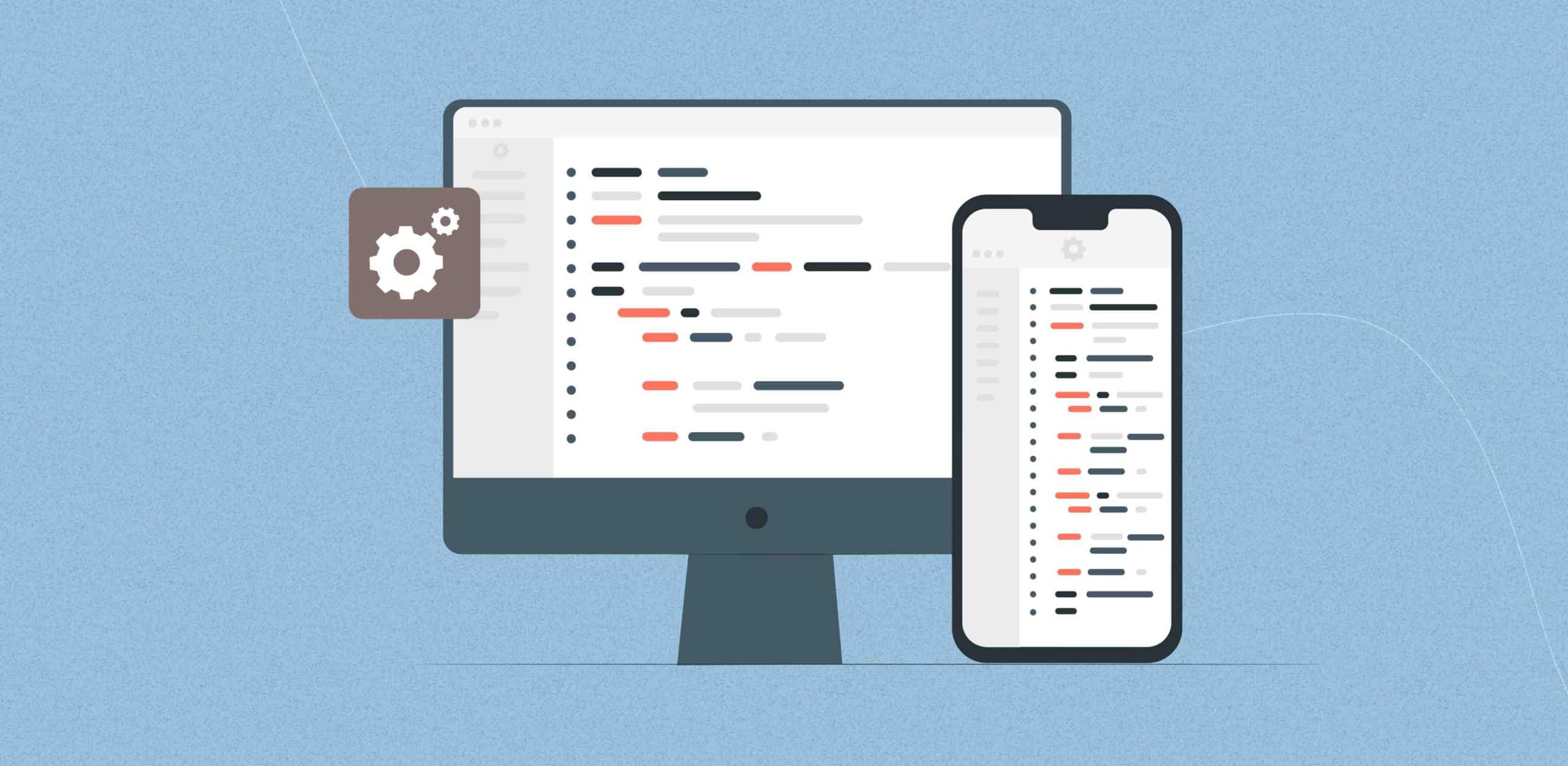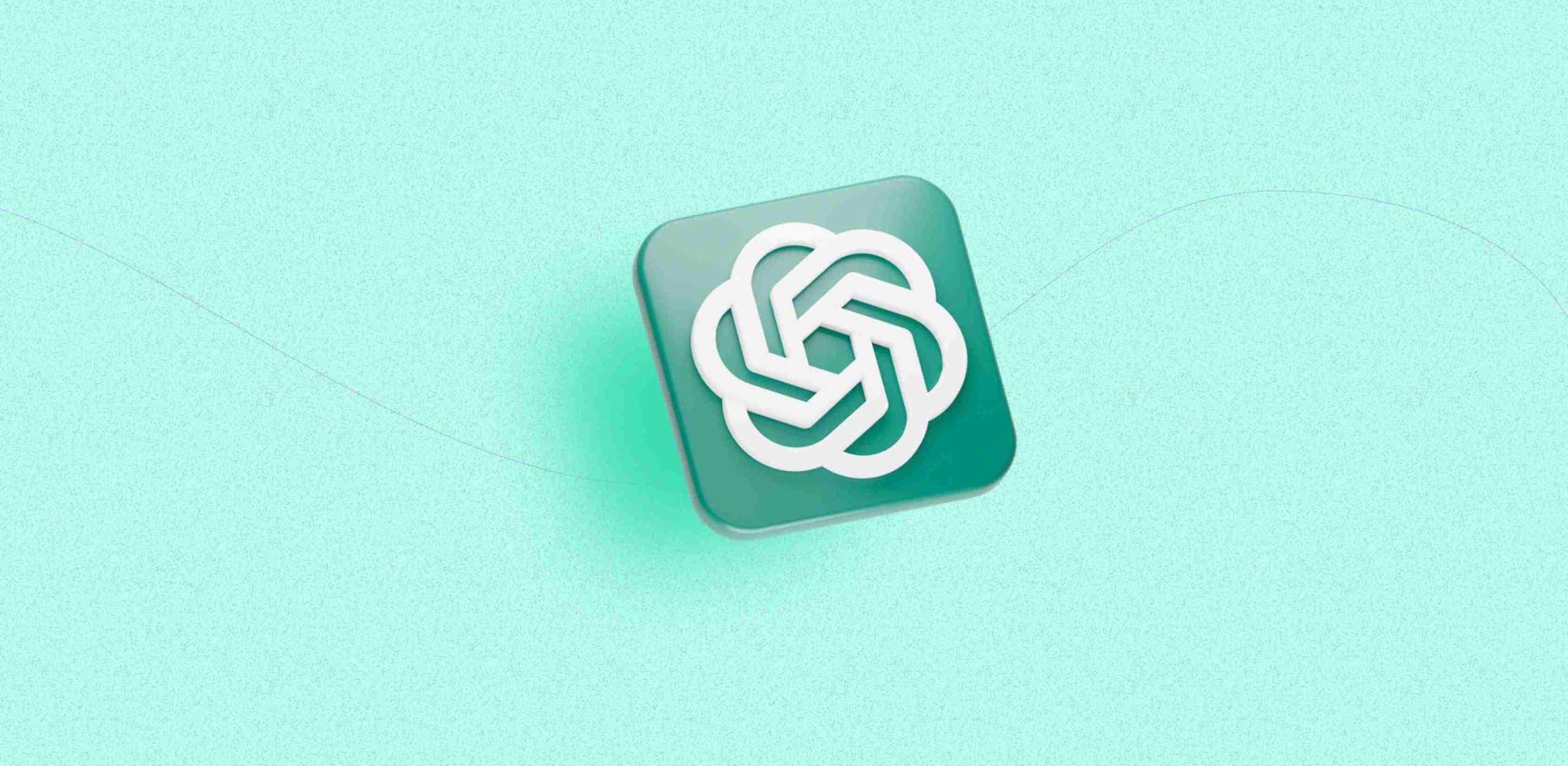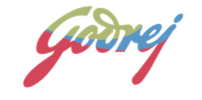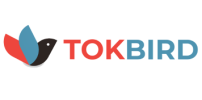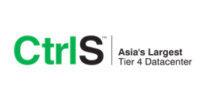Knowing the latest trends in the field keeps your business one step ahead in this competitive world. When it comes to the Mobile app development market, things have been changing rapidly with the growth of technology.
In Mobile app development, it is best to know the contemporary programming languages that can be used. Speaking of which, there are some strong players that placed themselves to be the toppers in the field. These tend to be the top outstanding choices for building a fine app.
Connect with a community of expert developers!
Listed below are the top best programming languages for Mobile app development in 2022.
Kotlin
Kotlin is a statically typed, general-purpose programming language that was developed by JetBrains. It was first introduced in 2011 and was a new language for JVM (Java Virtual Machine). It is an object-oriented programming language. Even though it is fully interoperable with Java, Kotlin is a “better language” than Java.
In 2017, Kotlin established itself as one of the official programming languages for Android Development, and it is sponsored by Google. With the announcement as the preferred platform by Google, Kotlin came to be the more widely accepted language for the Mobile app development market, and till today there have been no other programmes to take away the top spot.
Since Kotlin is exclusively a programming language for Android development, there are certain factors that make it an excellent choice. First off, as mentioned above, Kotlin is interoperable with Java, which was the main language for Android before. That is, the older apps that were written with Java can be updated by Kotlin; the codes can be used interchangeably, while Java libraries can be used with Kotlin. The maintenance becomes easier since Kotlin is a concise language; the developers use way fewer codes compared to Java. Kotlin’s cross-platform feature makes it more promising for the future. Kotlin Multiplatform, a software development kit, enables a developer to create an app that works both in Android and iOS with a single codebase.
Swift
Swift is a general-purpose, multi-paradigm, open-source programming language used for iPadOS, macOS, tvOS, and iOS development created by Apple in 2014. It was developed as a successor to C-based languages and to give the developers a powerful language to develop iOS applications. It is proved to be an intuitive and future-proof option for developers.
Swift is one of the contemporary languages that is famously preferred in native iOS development. The code written in Swift is guaranteed to be working on any iOS device. It is less susceptible to errors than Objective-C, and also, it causes lesser app release issues. It is very adaptable to OS updates due to its high compatibility, and the code adjustment can be done with ease.
This programming language cannot be used for other platforms since it is a platform-specific language.
Dart
The above-mentioned ones are to be performed in the native app development. Now let’s look onto a language that is used cross-platform.
Dart is developed by Google in 2011, and it is an open-source, general-purpose, object-oriented programming language with C-style syntax. This programming language is to create frontend user interfaces for mobile apps and webs. One of the main reasons for its popularity is that Dart is the default language for the Flutter framework. The code that has been written in Dart is considered to be very error-free. The processes like debugging and maintenance become easier due to its relatively simple syntax. It makes the User Experience feel like that of a native app by compiling it into native code, thus resulting in smooth performance.
It is easier for the developers to create apps that work on Android and iOS, as well as web and desktop too, with Dart. Thus, Dart will continue to be an exclusive language for cross-platforms.
JavaScript
JavaScript was first introduced in 1995, and till today it remains as one of the most popular languages in the world. It is most well-known as the scripting language for web development, but later on, JavaScript became prominent in the field of cross-platform development. React Native framework makes it possible for JavaScript code to translate into native app components.
Using JavaScript and React Native, it is possible to build mobile apps for Android and iOS, and it performs as if it has been created exclusively for one platform. JavaScript remains to be one of the best choices among developers and will continue to be a solid option in the future.
Want to build a cross-platform app? Try creating with us
Choose the best choice for your business
Choosing the best choice for the business always arises as a challenge for you. Try doing research about the best programming languages and give out answers to your questions, such as what type of app development is suitable for your company, whether cross-platform or native app development? Or do you need to develop for both iOS and Android? Which platform does your user base most likely to use?
Getting work done with a suitable choice for the company project makes it a success. Therefore, it is important to open up your senses to the tech choices that are in front of you to choose the best.
Let’s transform your business for a change that matters.
F. A. Q.
Do you have additional questions?
The blog suggests Kotlin, Swift, Dart, and JavaScript as leading options, each with unique strengths depending on the development needs.
For Kotlin, the use of Kotlin Multiplatform is highlighted. Dart is closely associated with the Flutter framework, and JavaScript is often used with the React Native framework.
The choice depends on specific project requirements, with Kotlin and Swift being top choices for native development, and Dart (with Flutter) and JavaScript (with React Native) for cross-platform development.
Kotlin is interoperable with Java but is more concise, offers easier maintenance cross-platform features, and is officially supported by Google for Android development.
Swift is intuitive, less prone to errors, highly compatible with iOS updates, and specifically designed for Apple's ecosystem, making it a strong choice for native iOS development.
No, Swift is a platform-specific language primarily used for developing applications for Apple's ecosystem, including iOS, macOS, iPadOS, and tvOS.
Dart, especially when used with Flutter, allows for smooth performance, error-free coding, simple syntax and is ideal for creating cross-platform apps that offer a native-like user experience.
Yes, JavaScript, particularly when combined with the React Native framework, is a powerful choice for cross-platform mobile app development, translating code into native app components effectively.
This decision should be based on factors like the target user base, specific app requirements, available resources, and whether the app needs to be developed for multiple platforms (iOS and Android).
Businesses should consider the type of app (native or cross-platform), target platform (iOS, Android, or both), user base preferences, and the specific features and performance requirements of the app.



